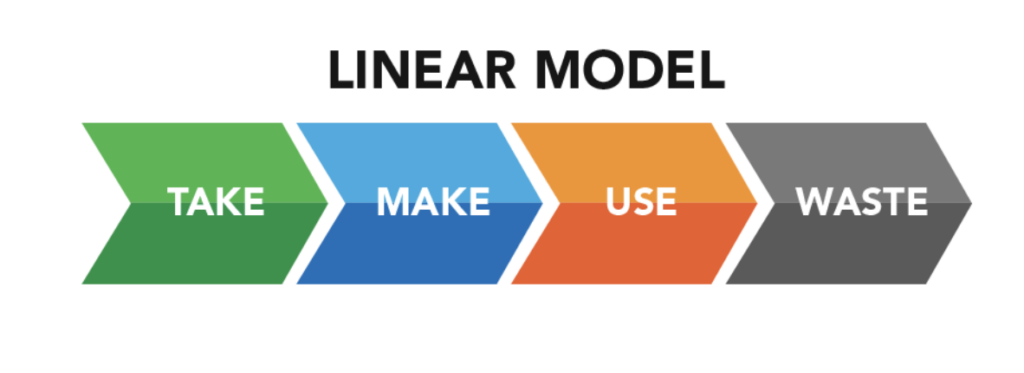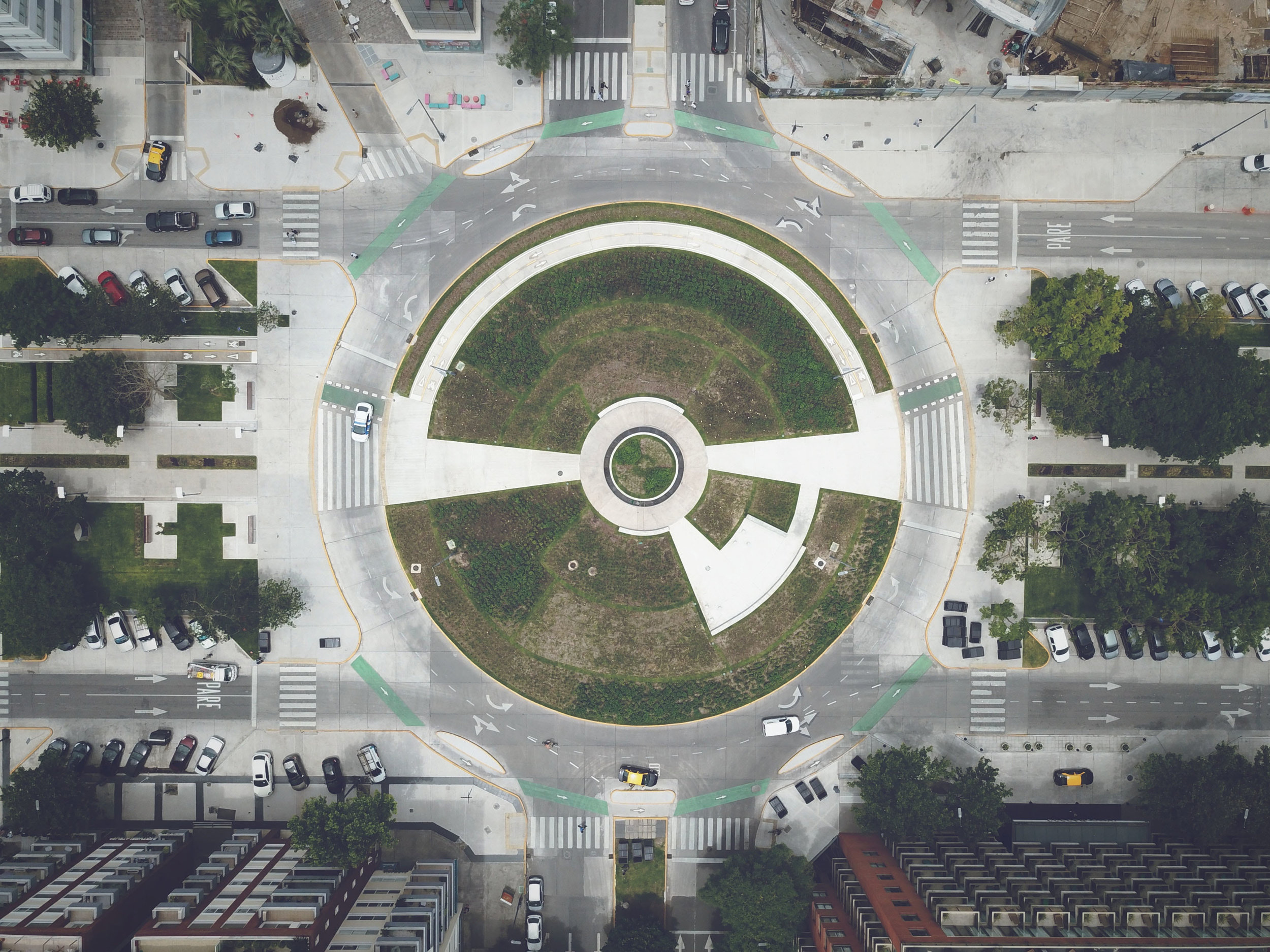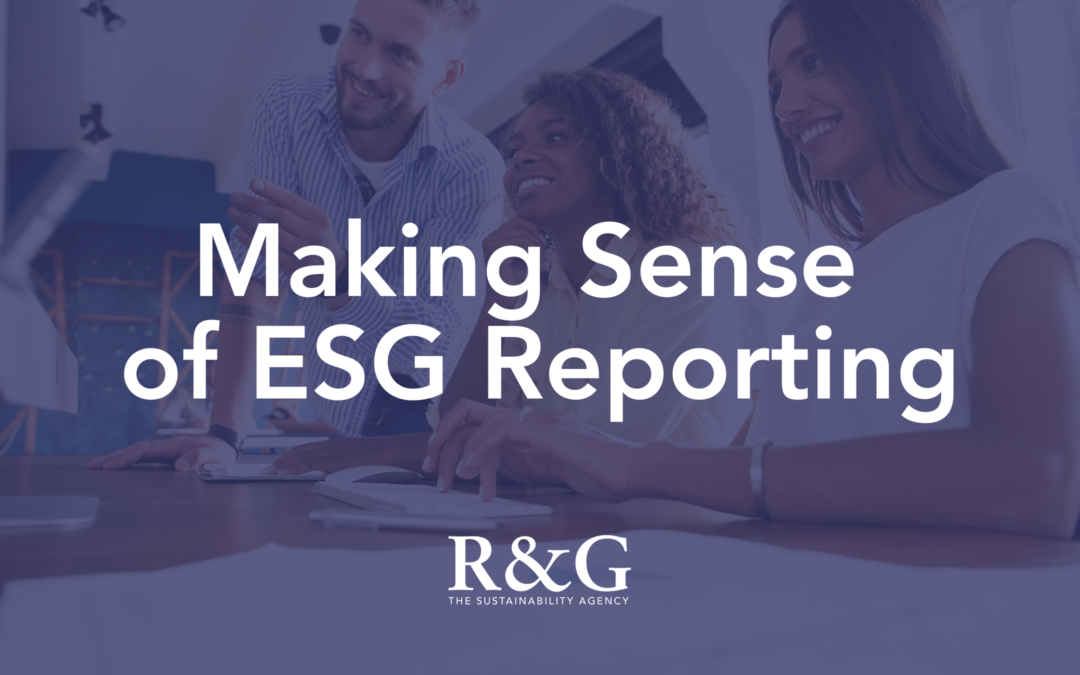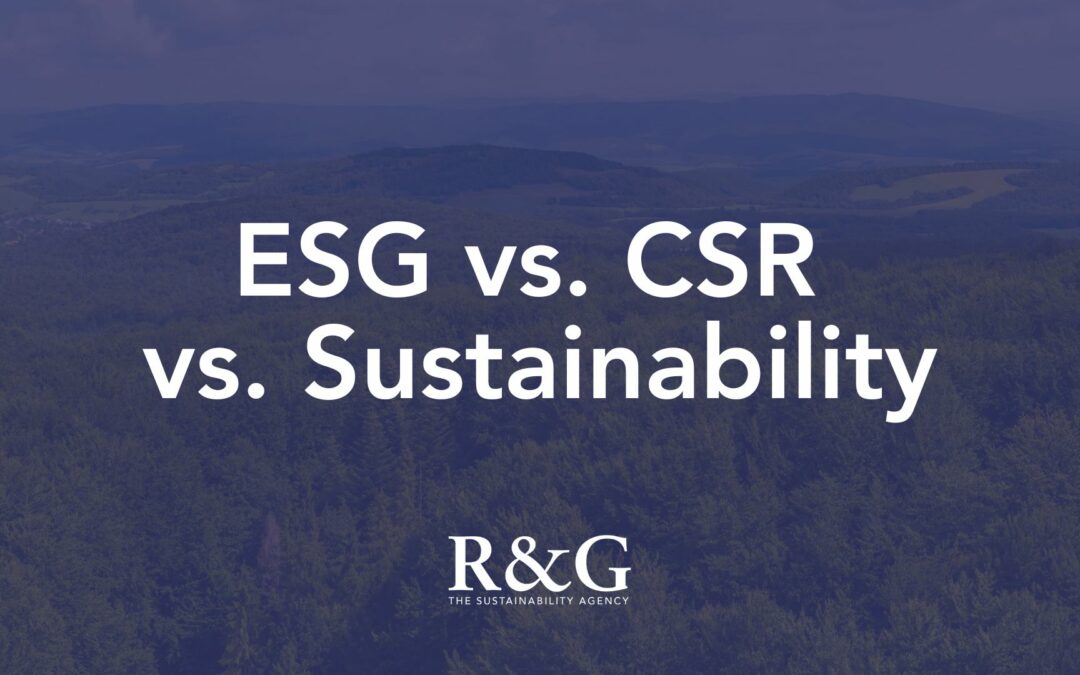“Economics is the study of the use of scarce resources which have alternative uses.”
Scarcity means there is never enough of anything to satisfy all those who want it. That’s why it’s difficult to get tickets to the Superbowl. A limited number of seats plus an overwhelming demand means you’re out $3,000 on average to catch the halftime show.
Scarcity also dominates the conversation around the world’s natural resources. A finite resource typically means anything that is mined, drilled or extracted from the Earth and then consumed so it can’t be used again. Fossil fuels like oil, natural gas and coal would be your usual offenders. Alternatively, any resource that can be taken while not having a significant effect on its source is considered a renewable resource. Wind isn’t depleted by windmills and a solar panel isn’t going to have an effect on the sun’s future output (unless it’s powering the Icarus II).
The problem with linear
Non-renewable resources follow a linear business model that can be described in four steps:
Take > Make > Use > Waste

To be fair, linear systems can work really well, but only in the short-term. As we deplete our finite resources we create more scarcity which in turn, increase prices. Even our potentially renewable resources like water, forests and fisheries are declining because they can’t regenerate fast enough to match our consumption. To address these long-term sustainability problems, we will have to move towards a different model.
Moving to circular
<p”>A circular business model aims to give us an economic answer to our current environmental practices. The idea is that the economy should be sustainable and regenerative by design. This is achieved by closing the loop through the use of renewable resources, finding new efficiencies and recovering product waste for future consumption.
Moving towards a circular economy isn’t just good for people and the planet, but it’s good for profits as well. Well-designed and managed circular models can help businesses capture untapped value that directly benefits the bottom line.
How to build the circular economy
Individual businesses cannot close the loop on their own. Collaboration with professionals pursuing sustainable solutions is critical to the success of the circular economy.
One such partnership R&G Strategic has made is with Circularity Forum, a Canadian sustainability incubator and B2B networking platform. They bring together sustainable business leaders and entrepreneurs to promote regenerative models of economic growth. They’ve recently launched a coworking space in Halifax, NS to grow a community of like-minded professionals who are elevating sustainable innovation. Because coworking is based on the idea of sharing of space, supplies, and other resources, it is an ideal professional model for supporting environmental sustainability.
We have an opportunity to open new perspectives and thrive, instead of being restricted by maintaining the status quo. The circular economy will be built through the partnerships formed across value chains and across different industries. Together we can rethink and redesign a better world.



